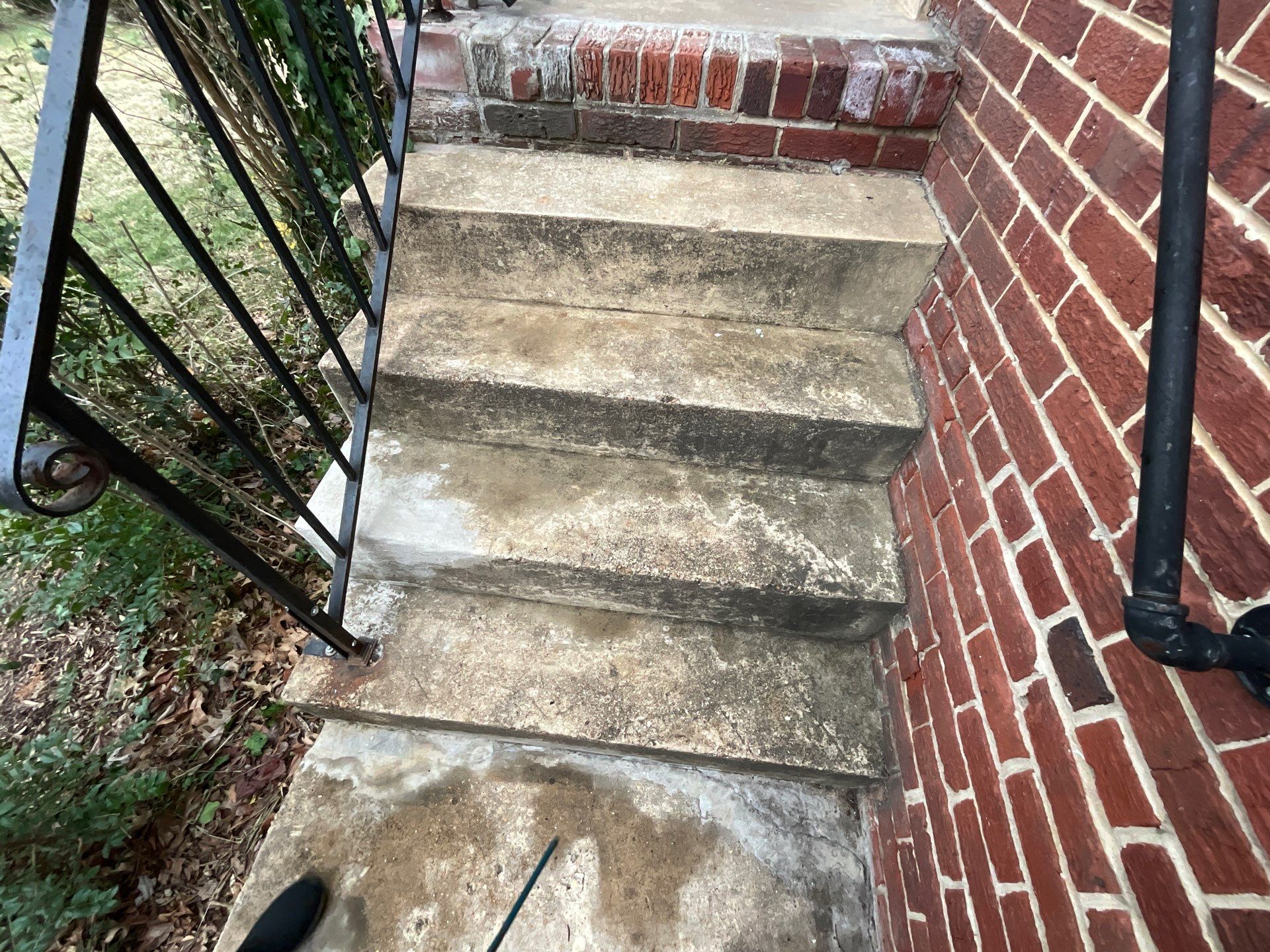Painting is a tricky thing. On one hand, it may seem like one of the easiest DIYs you can do around your home. On the other hand, peeling, uneven results can leave you wondering...

Yes, it can. But for it to apply properly, you will need to thoroughly clean the surface of any dirt or debris along with making sure to strip any gloss finish away.
Well, it depends on the scope of the project. You do not want gallons of unused paint lying around, but you do not want to skimp on the appropriate number of coats either. Generally, you will need about a gallon of paint for 400 square feet.
Latex primers can be applied over drywall, and oil-based primers can work well on wood trim or metallic surfaces. Check out the can labels to know the applications of a specific primer.
Depending on the brand of paint you choose to go with, they may offer a warranty. These are all specific to the supplier and will differ accordingly. But they do exist. So, make sure to check out which paints come with a warranty and what they cover.
To start, you are going to want to remove the mildew. You can do this by using bleach diluted with water and applying it to the affected surface. Let it sit for a moment and then rinse or wipe away with a damp cloth. After that has completely dried, you can begin painting.
The preparation will depend on the type of painting project. As a rule of thumb, start by cleaning the surface and then dry it. All gloss should be removed for the paint to adhere well. Smooth surfaces tend to absorb paint well.
If you want a flawless paint job from the start, it is far easier to just give My Painter a call. As tried and true professionals, we know all the best painting tips and tricks. Give us a call for your next project!

Find out how often homeowners should wash their house to keep siding clean, protected, and looking its best year-round.
.png)
Learn how homeowners achieve flawless, long-lasting results with expert wall repair and professional residential painting.

Learn how to spot the early warning signs of wood rot on your trim, siding, or deck before it leads to costly repairs.